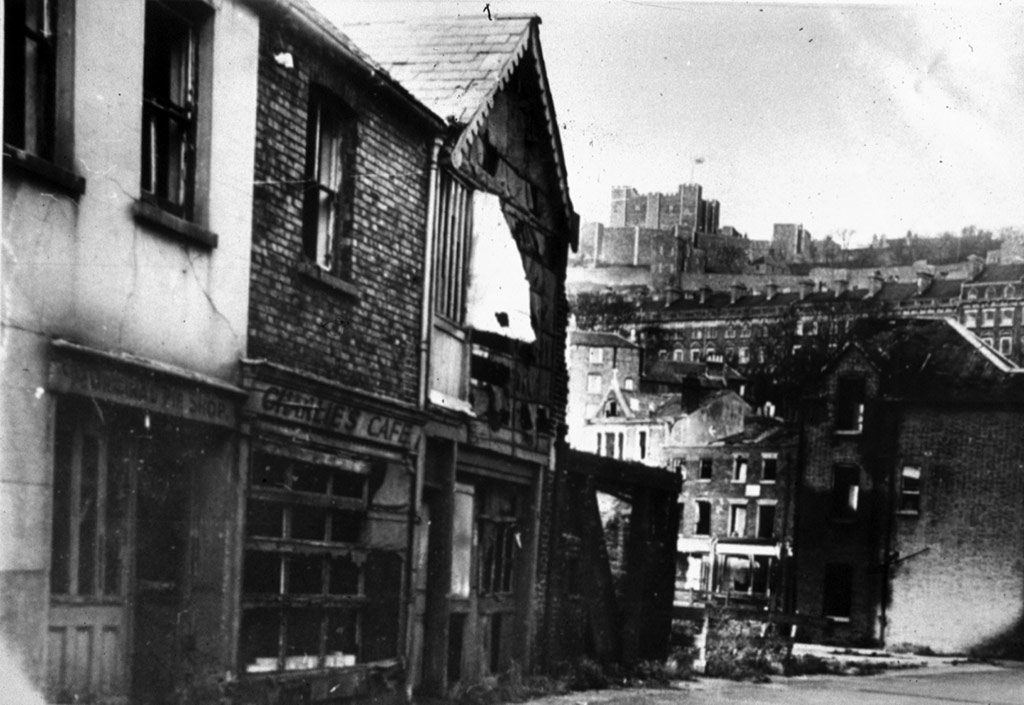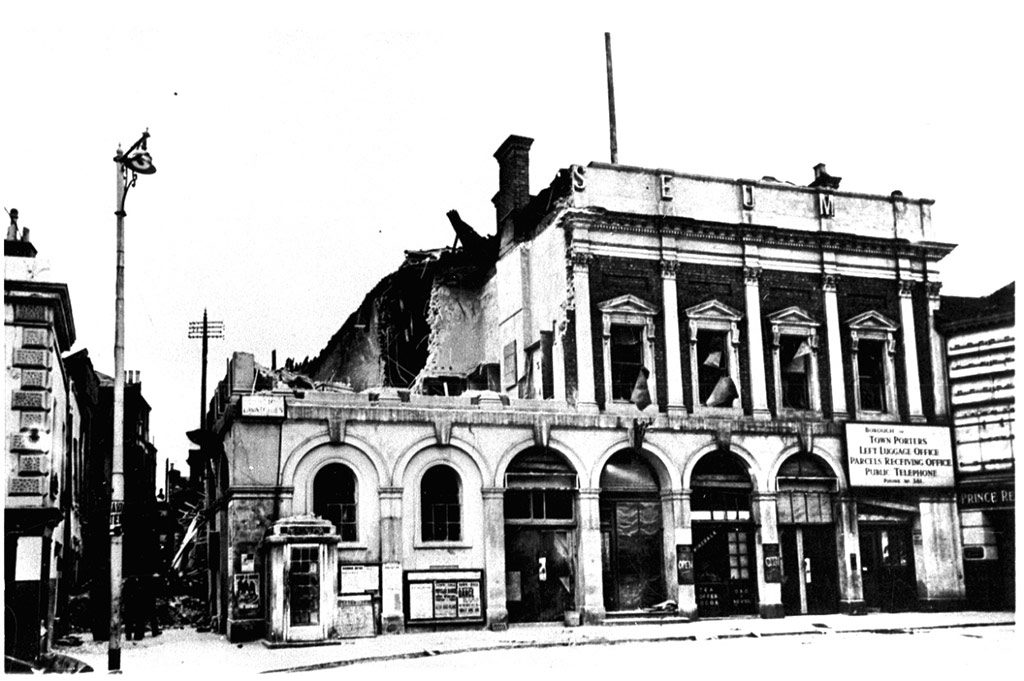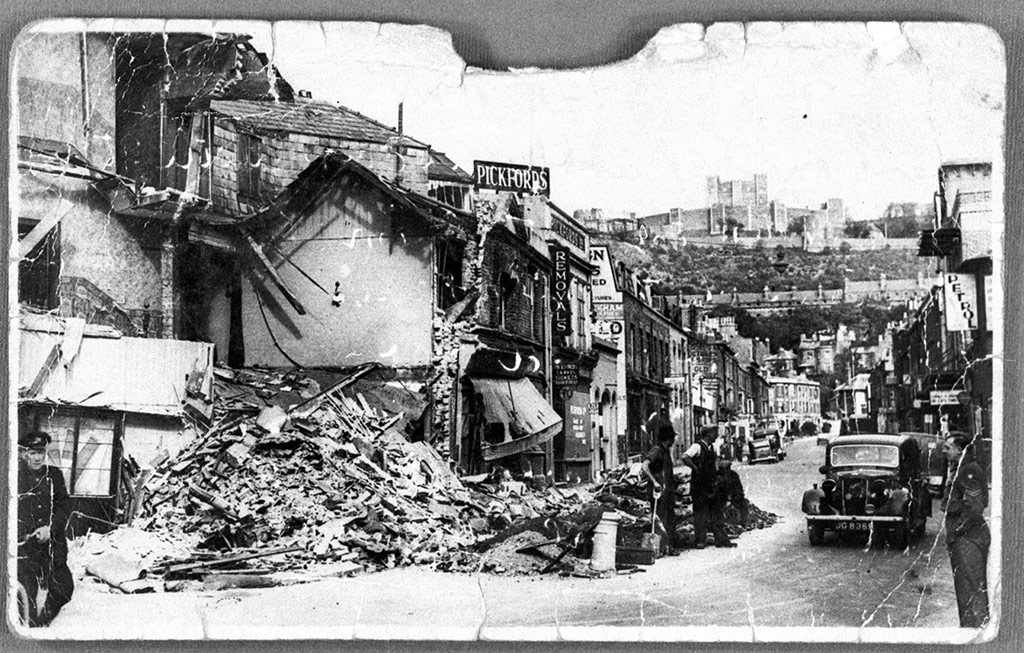- Point of Interest
- Douvres, Royaume-Uni
At the frontline of England’s defences for many centuries, Dover has often been subjected to attacks from foreign invaders. During the Second World War, the area was set up as the base camp of the fictitious 1st U.S. Army Group (FUSAG), part of the top secret Operation Fortitude.
Dover is situated at the closest point between England and mainland Europe. Given this location, Dover came to hold a key role during Operation Fortitude in May and June 1944. To convince the German army that the Allied invasion of Europe would take place via Kent, this became the location for the fictitious 1st U.S. Army Group (FUSAG), supposedly lead by the feared General George Patton who made sure he was seen and photographed in the area. Across Dover and all around the port, dummy landing crafts, tanks and airplanes were placed, and false radio transmission signals were sent. This semblance of activity around the town led to the reinforcing of German troops at Pas-de-Calais. In the meantime, the real Allied invasion of Europe was to take place in Normandy, where the German troops were less well prepared.
Even after D-Day Adolf Hitler remained convinced that the real invasion would still be launched from Dover. As a result, the town became the target for some of the heaviest German shelling since the beginning of the war. On 25 September 1944, for instance, bombs destroyed the Dover Hippodrome, a theatre where stars like Tommy Trinder and Beryl Reid entertained troops during the war. Between 1939 and 1945, over 200 civilians were killed in Dover, more than in any other south-coast town.




